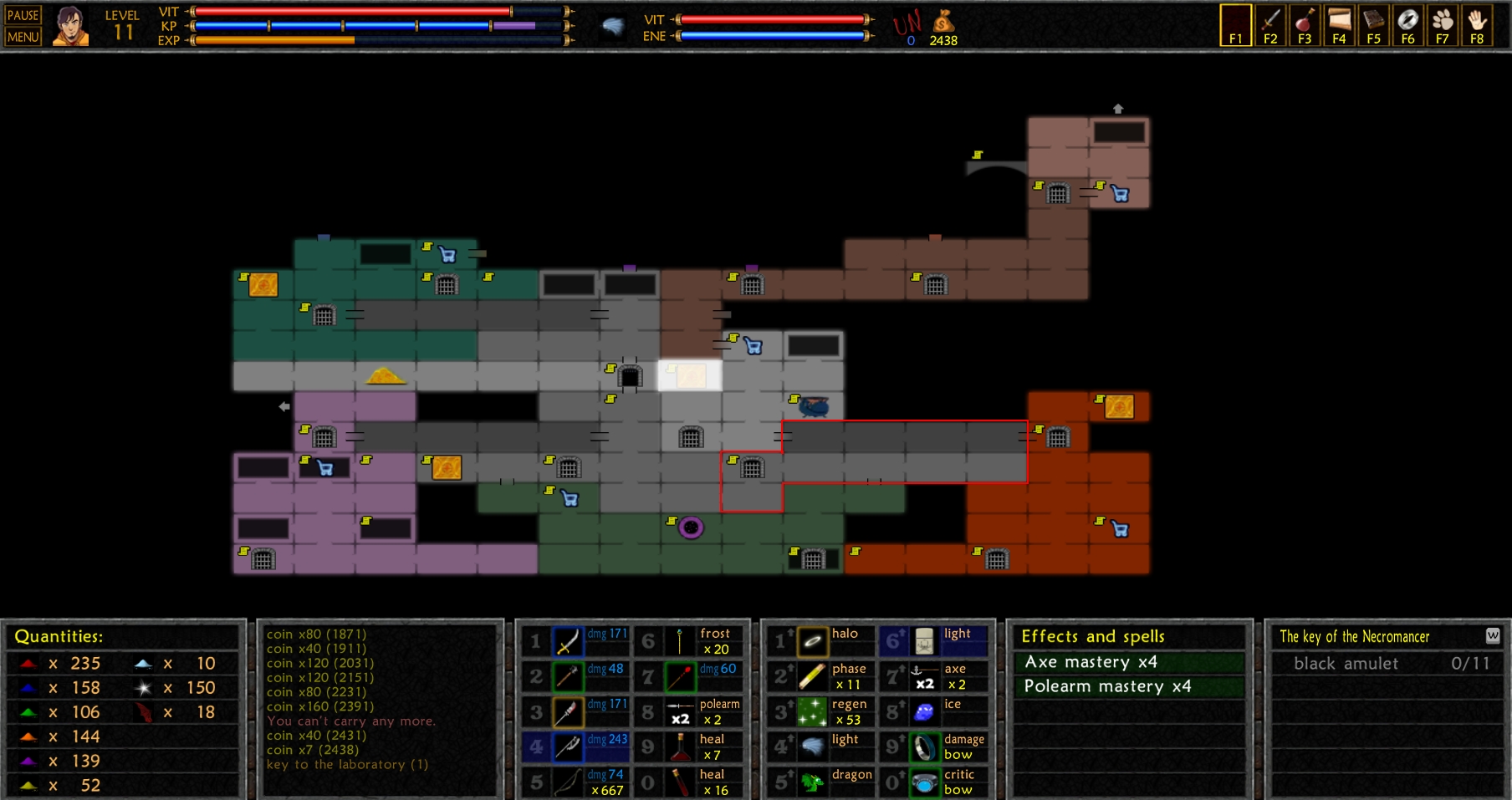
Should it feel powerful? Quiet? Electric? High Tech? Is there an example from other game or movie? Making these kind of questions is crucial. Sometimes just knowing is a "Cloaking device SFX" is not enough information to get the SFX right. Weapons and power-ups are a good example of a SFX that can vary greatly in its style. Usually language is not very good to describe the abstract world of sound so I always tried to get as much information as possible (the spreadsheet is great for this) to get close to the idea Fran had in his mind.
UNEPIC MAP SECRETS PRO
Whenever the sound was going to be triggered by an animation and needed precise timing, I'd record a short video of the animation using OBS and then use it as a reference in Pro Tools.Īny given SFX would need on average around 2-3 versions to be approved.

This was crucial to be able to keep track of dozens of sound effects at the same time, I'd usually found myself constantly going back to the spreadsheet to note down ideas or check on things.

I used a spreadsheet, to gather every relevant piece of information including the name of the SFX, its duration, how it was triggered (one shot or loop), its location in the game, description and examples. In this way, it was a very organic process, usually without strict deadlines, that allowed us to spend the proper amount of time creating the right SFX. The nice thing about this way of working is that the project doesn't require constant attention but what it does require, is an ability to adapt quickly once again to the tone of the game when work does need to be done. It's the gun every player starts with so we wanted to make sure we had the right sound for it.Īfter this initial phase, Fran would then ask for new sound effects as the game grew and expanded over time. The basic, primary blaster pistol was one of the SFX that went under the most iterations. I began by working on some general sounds to define the game's tone and style. Footsteps, the starting weapons and initial character skills were the very first things we focused on. This difference in the workflow is something to keep in mind while switching between projects with or without middleware. Going back and forth between the game and the DAW is very common. On the other hand, with FMOD or Wwise, I often find myself just casually creating the SFX layers knowing that I can put them together and even EQ or compress them within the middleware environment.

I realised that not using middleware forces me to really work on the SFX within Pro Tools and only bounce when everything seems perfect. Ghost 1.0 is also planned to be ported to some of these systems in the near future.ĭirectSound works nicely but sometimes I missed some middleware features like "live" layering, more complex randomization capabilities and better loop management.
UNEPIC MAP SECRETS MAC
This API allows cross-platform audio and, in the case of Unepic, allowed us to port the game to the a big variety of systems including WiiU, Playstation 4, Xbox One, PC, Mac & Linux. Around 230 sound events covered in the game.įor this game, we were using the Unepic engine (written in C) which already manages audio using DirectSound. Over 1000 lines of dialogue for each language (English, Spanish and Russian localizations were made). 386 unique audio files in the final game (not including voice overs).


 0 kommentar(er)
0 kommentar(er)
